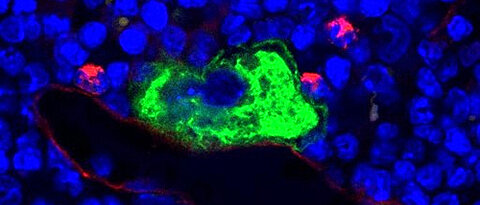
Scientists from the University of Würzburg successfully elucidated new details about a circuit regulating platelet biogenesis. These important findings could contribute to a better understanding of the mechanism leading to bleeding disorders.
more
Scientists from the University of Würzburg successfully elucidated new details about a circuit regulating platelet biogenesis. These important findings could contribute to a better understanding of the mechanism leading to bleeding disorders.
more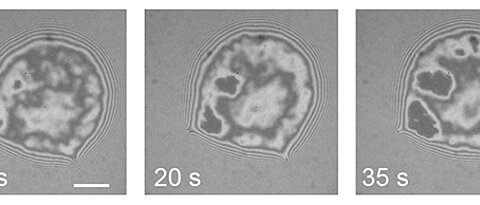
Studies conducted by the Biocentre shed new light on cell-cell contacts: Physical effects play an important role in their generation and stability.
more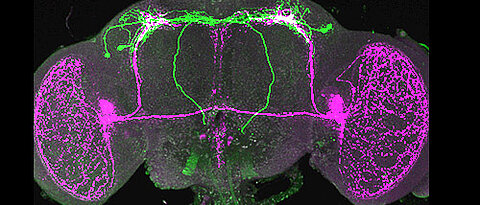
Multiple biological clocks control the daily rhythms of physiology and behavior in animals and humans. Whether and how these clocks are connected with each other is still a largely open question. A new study now shows that a central clock governs the circadian rhythms in certain cases.
more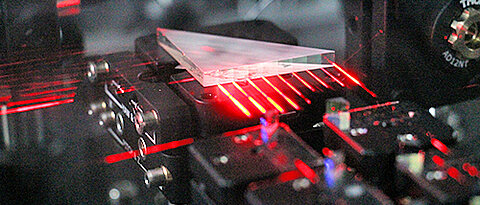
Physicists from the University of Würzburg are capable of generating identical looking single light particles at the push of a button. Two new studies now demonstrate the potential this method holds.
more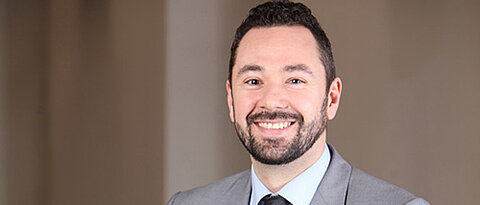
Johannes Obergfell came across the topic of migration thanks to his magister thesis. Today, he works at the Federal Office for Migration and Refugees. A "smoky office" is one of his prominent memories of his time at university.
more![[Translate to Englisch:] Fotos von einer Venusfliegenfalle, ihre Drüsen unter dem Mikroskop und schematische Darstellung der Vorgänge, die zur Sekretion führen. (Bild: Sönke Scherzer/Dirk Becker)](/fileadmin/_processed_/8/9/csm_0420venus-druesen-w_887ab24338.jpg)
The Venus flytrap digests its prey using enzymes produced by special glands. For the first time, a research team has measured and meticulously analysed the glands' activity.
more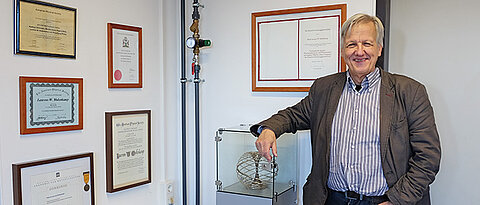
Top research pays off: After 2011, Professor of Physics Laurens Molenkamp from the University of Würzburg has been awarded a second Advanced Grant from the European Research Council worth 2.5 million euros.
more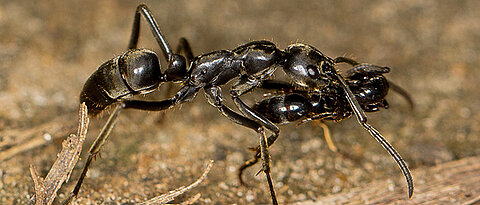
Ants operate a unique rescue system: When an insect is injured during a fight, it calls for help. Its mates will then carry it back to the nest for recovery.
more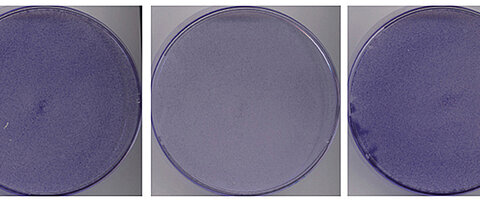
Many tumors are thought to depend on glutamine, suggesting glutamine deprivation as therapeutic approach, but a new study shows that this effect might have been overestimated.
more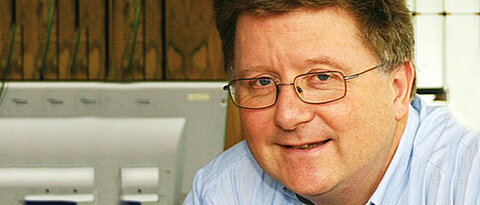
A former student of the University of Würzburg, Ulf Bade today manages a foundation that is immensely important for many students: the 'Stiftung für Hochschulzulassung' which allocates university places. He believes in the importance of perseverance.
more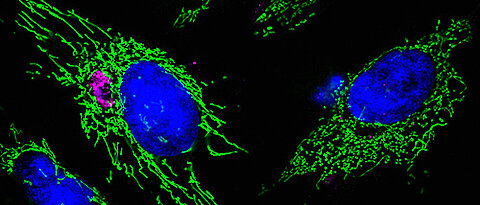
To survive in human cells, chlamydiae have a lot of tricks in store. Researchers of the University of Würzburg have now discovered that the bacterial pathogens also manipulate the cells' energy suppliers in the process.
more
Physicists from Würzburg, Jülich and Duisburg-Essen took a decisive step forward in the development of stable quantum bits by using Majorana-particles, which are the basis for quantum computers.
more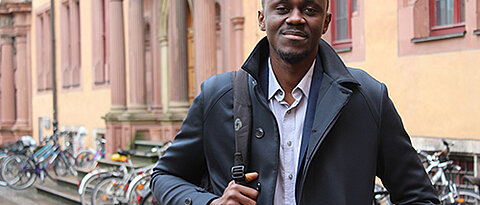
Some 2,600 foreign students are enrolled at the University of Würzburg. Law student Shama Busha Pongo from the Congo came to Germany four years ago and he knows exactly what he wants.
more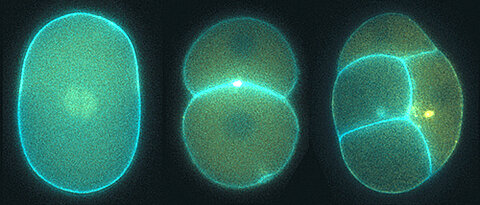
Scientists from the University of Würzburg have published new insights into waste disposal in animal cells. These findings may help to better understand the molecular mechanisms underlying autoimmune diseases like lupus.
more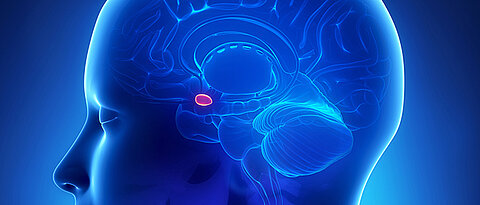
An overactive molecular signal pathway in the brain region of the amygdala can lead to obsessive-compulsive disorder (OCD). A research team from Würzburg has established this connection.
more